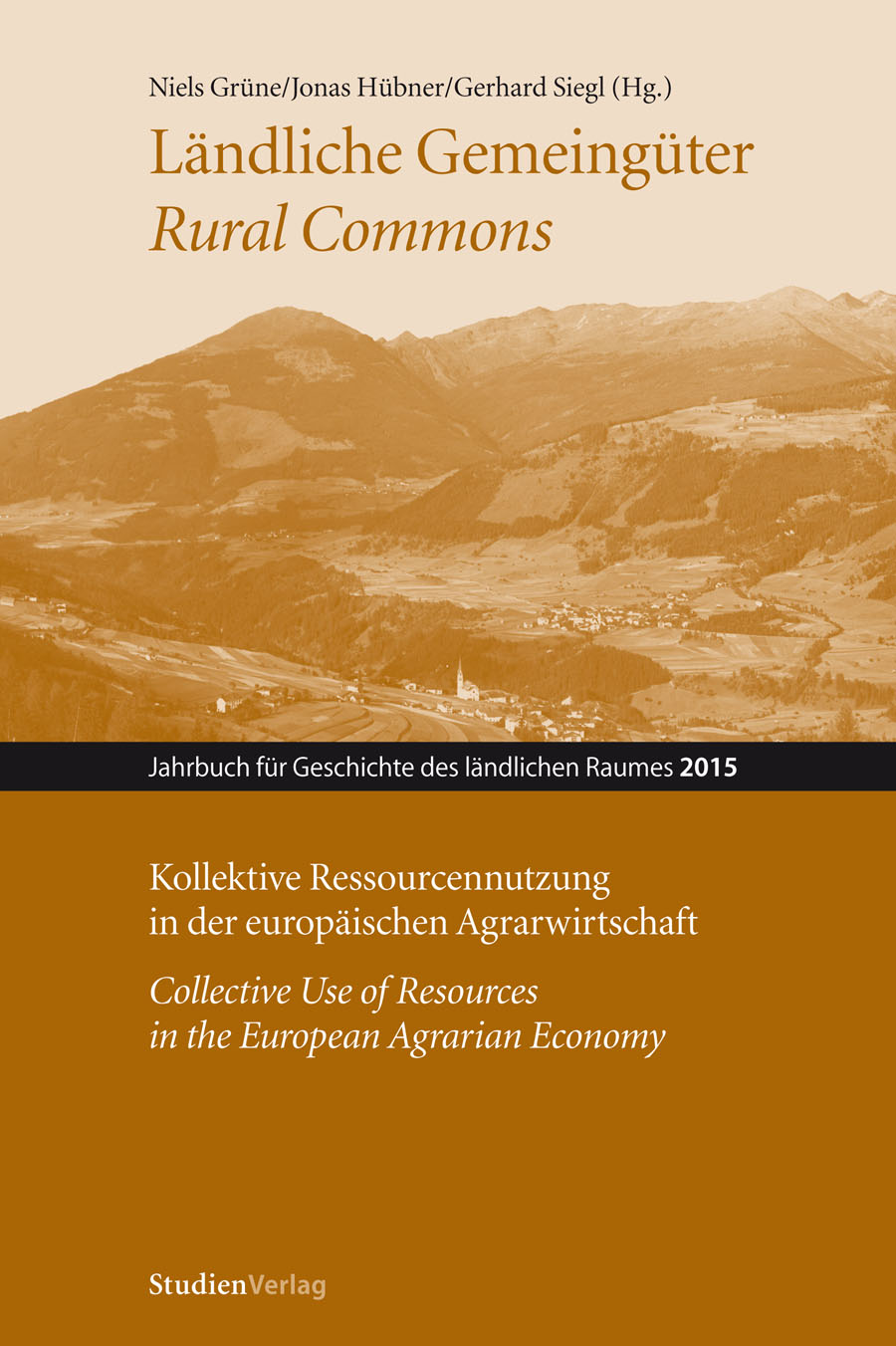Rural commons in eighteenth-century Hungary
DOI:
https://doi.org/10.25365/rhy-2015-8Abstract
The aim of this article is to summarise the main results of earlier and recent research, and to identify different types of collective use of agrarian resources and their functions in eighteenth-century Hungary. The overview of property rights concludes that a certain type of collective ownership prevailed during that period while there was also considerable institutional change from co-ownership towards divided, individual rural property. The same shift is observable in land use, due to increasing population pressure. With the changing value of resources, three constellations are observable simultaneously: (1) free use, (2) common use, and (3) individual use. The paper describes the characteristics of these constellations, mainly constellation one and two being typical in eighteenth-century Hungary, in different ecological and socio-economic settings. Specific examples are provided for arable land and herding in
the Hungarian Great Plain area, forest clearings in mountain regions, the regulative efforts in the later eighteenth century, the compossessoratus of noble and privileged Székely communities, and the very delicate ecological characteristics of fishery and wetland agriculture. Furthermore, vineyards show the specific pattern of individual property and use under strict collective control and regulation.


